One of the biggest concerns of modern day smartphone users is the data they consume. Of course, everyone wants to use their phone as much as possible without incurring high monthly bills, but there are ways to reduce data usage without compromising your experience. In this article, we’ll share five tips that will help you save data on your smartphone. So be sure to read through it to learn how you can reduce your data usage without sacrificing anything!
Limit the number of apps you have running
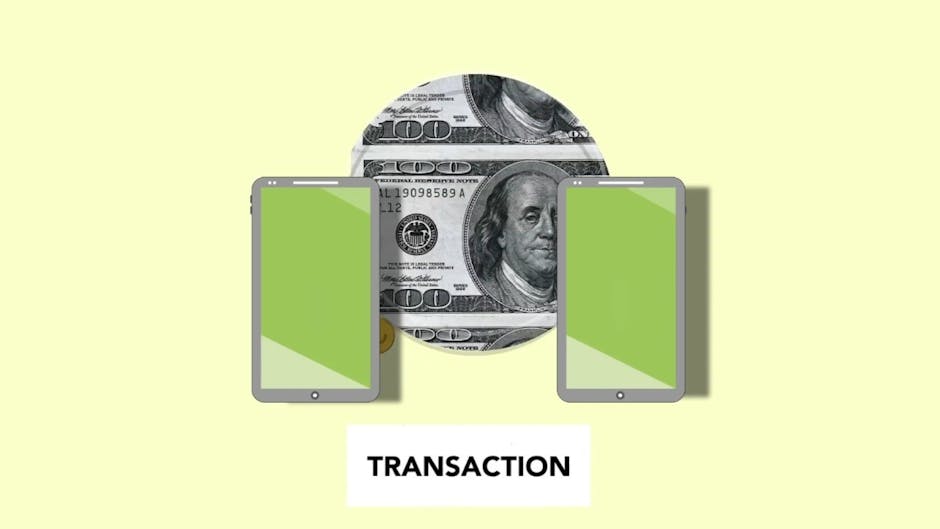
The more apps you have open, the higher your data usage will be! This is especially true if those apps are not in use for some time before being opened or closed.
If you need to make a quick call, turn on voice chat, or check something quickly, then close the app as soon as possible. If it’s an app that you frequently use, keep it updated so it doesn’t take up space by storing old content.
But don’t just focus on limiting mobile phone data usage at times when you know you’ll be using the internet, there are ways to reduce overall data consumption even outside these situations.
Here are some tips to limit how much data you use every day on your smartphone.
We’ve gathered all the information about how to save money on your cell phone bill here for you to refer to whenever you need it. It’s easy to forget these settings while you’re busy using your device, but staying in top shape financially is important.
There are several different ways to do this, depending on what kind of plan you have. To save the most money, find out which ones work for you and switch them on permanently. That way you’ll always be looking after your budget.
(As with anything financial, remember that spending less often than you could pay off half-price phones and discounts on monthly plans!
Quit apps that you are not using
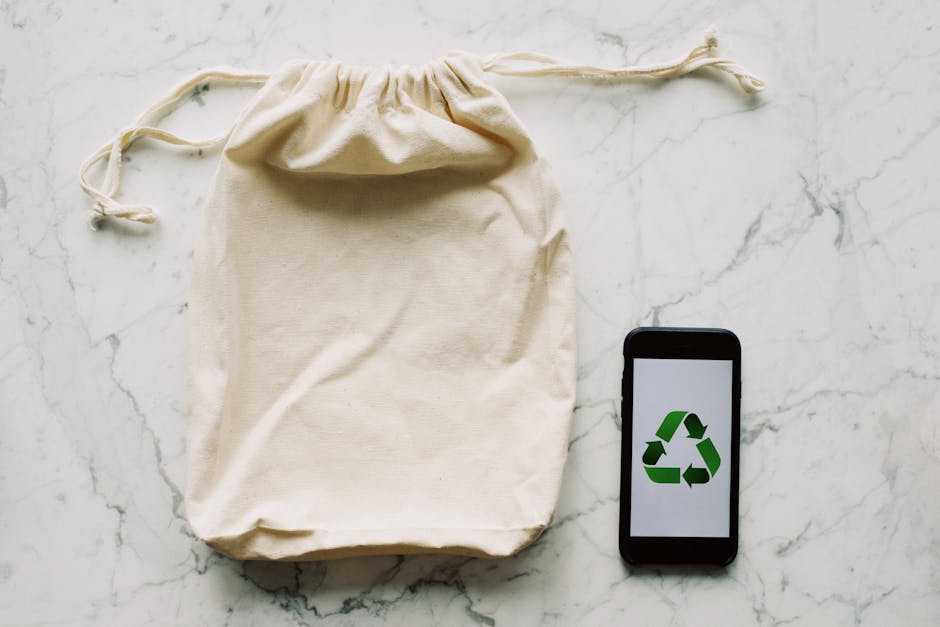
It is very easy to add more data onto your phone due to how easily you can access it. With the explosion of smart phones, there are almost always at least two or three apps available for every task.
By installing these apps, they usually offer free levels of service which is totally fine if you use their paid level services regularly. But if you are never going to use them, then you should consider removing them so that you do not waste limited mobile data resources.
You may be surprised by just how much app usage comes from people who “lurk” in an app. Someone might check out an app for a few minutes a day and still consume some data!
Some of this wasted data comes from things like watching videos or listening to music via the app. However, another part comes simply because people choose to keep the app open while doing something else (like browsing the web). This adds up quickly when you have several apps with this feature.
We recommend considering whether you need these apps and whether you really will use them frequently enough to justify the expensive data plan needed to use them.
Use battery save mode
There are several ways to reduce data usage on your mobile phone, including using less apps, limiting how much you use an app, and switching off Wi-Fi or LTE when not needed.
If you’re one of those people who loves to keep up with lots of different things by having a large number of apps on your device, then this can quickly add up for data spending if you aren’t careful!
Luckily, there is another way to lower your smartphone data usage. You can switch your device into power saving mode, which will limit what apps can do while still letting you use the internet. This can help cut down on data consumption significantly!
Power saving modes work by only allowing certain features in an app to function, so that it doesn’t have to spend as much time downloading files and/or texting back and forth.
It also helps prevent some apps from consuming too much bandwidth because they are limited to functioning within a specific range. For example, banking apps often go through a lot of testing before being approved to let users access their accounts, which could take hours or even days! By putting your device in power saving mode, you can avoid all of that waiting time by restricting such apps’ functionality.
There are many types of power savings settings, but we will focus on two main ones here: WiFi and cellular data. We will discuss both methods in more detail.
Hopefully, after reading these tips, you will be
Reboot your phone once a week

Recent developments in mobile technology have made it possible to completely destroy your device’s connection with certain apps or sites. If you look around, you will probably find many stories of people who have uninstalled an app due to its high data usage, or who have switched service providers because of excessive data charges.
Many of these services are free but they can still add up very quickly if you are not careful. Fortunately, there is something you can do about this!
We recommend that every seven days, you simply reboot your smartphone (or tablet)! This will clear out all of the settings, applications, and other files stored on your device so that everything gets re-initialized.
It may surprise you to learn that some apps automatically reset themselves when they are closed so this only needs to be done once per week.
Limit which sites you allow to run their cookies
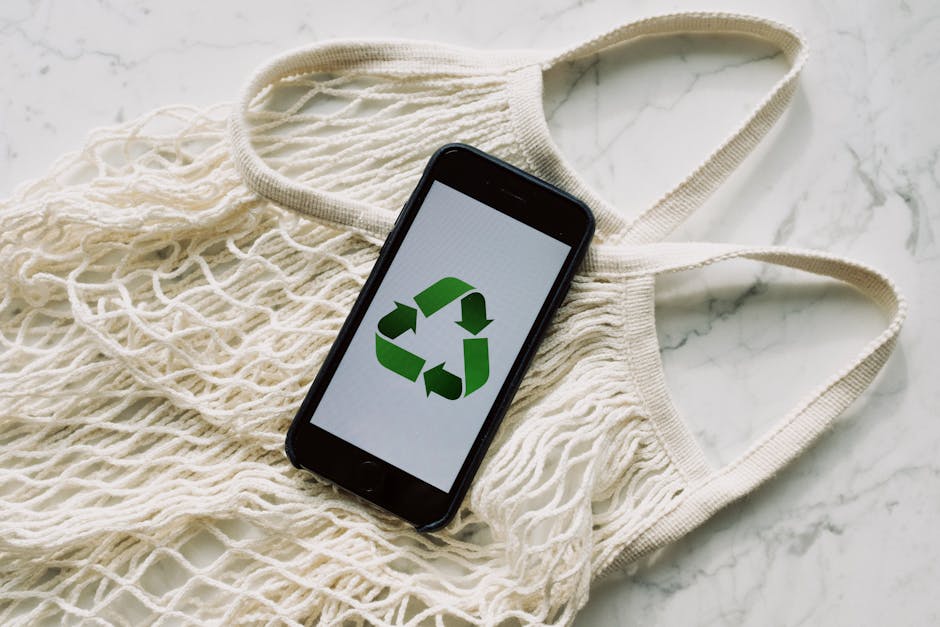
Recent developments in mobile technology have allowed for ever-increasing amounts of data to be consumed while browsing the web.
Most notably, social media apps such as Facebook and Instagram require users to login via a browser rather than using a native app. This has caused an explosion in website usage due to people creating multiple accounts to access all of the features.
A second factor is the increasing use of push notifications, where a site can notify your phone that there are updates or messages requiring your attention.
These push notifications often don’t go away until you actively click on them, allowing the site to keep tracking you even when you’ve closed the window completely.
It’s important to note that although some of these applications offer you the option to disable notifications, this may also prevent you from receiving important information or warnings about things like health issues or financial matters.
Switch off location services

Recent developments in smartphone technology have made it possible to do more with your phone than before. Devices now have very capable cameras, sensors, and software that can gather information about you and put it into interactive games, applications, or features.
Smartphones are also able to connect to internet-connected devices such as smart TVs, tablets, and computers so that users don’t need to use all of those separate gadgets for things like watching movies or streaming music.
However, all of this activity comes with a cost. Location services enable your device to find out where you are almost every time you turn it on. This includes using Google Maps, Find My Friends, and any other apps that ask you to allow them to access this data.
You may be unaware of it, but most of these services will keep track of how long they have been inactive and then assume that you no longer want to use their app or service. They will then quickly disable some features and limit your usage time until you confirm the opposite.
This is called limiting your account due to inactivity and there are several ways to avoid this. So, what should you do if you feel that your phone is overusing its resources? Read on!
Limit screen brightness
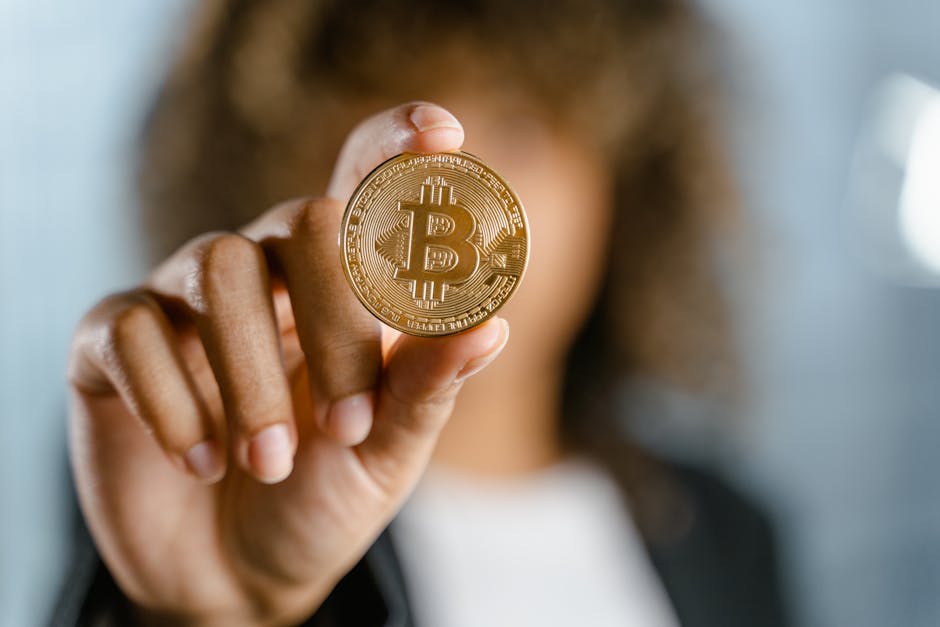
Recent developments in mobile technology have made it possible to reduce data usage by limiting your phone’s screen brightness. This is particularly important if you want to keep an eye on your smartphone as well as other apps such as YouTube, which can consume large amounts of bandwidth when you are streaming videos or using the browser feature.
By lowering the overall brightness of the display, users will need less data from networks to view the content that they desire. While this may seem like a very expensive way to conserve data, it is actually one of the best ways to do so!
Some of the most efficient and affordable ways to limit data usage include:
Turning off visual effects (such as “breathing” patterns) within apps
Limiting sync settings for certain features such as WhatsApp
Using power saving modes such as Night Mode or dark mode
These tips work not only to save money on data, but also help preserve the battery life of your device.
Run battery diagnostics

One of the first things you can do to reduce data usage is run mobile device diagnostic tools. You may be surprised to find out that your phone or app has unexpected performance modes, which are using more than expected amounts of bandwidth.
If you’re not sure what settings in an app use too much data, simply close the app down until it’s no longer running and see if this reduces your data consumption.
You should also make sure your phone storage is full before downloading any apps, as new files take up space as well. If possible, remove unneeded photos and other media so you don’t have unused junk taking up room.
Update your software
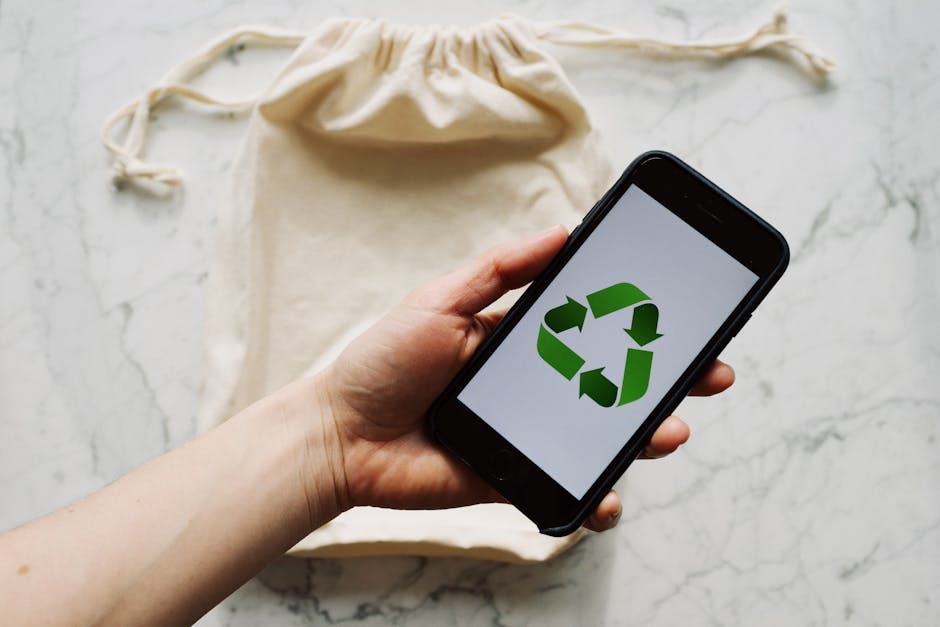
Recent developments in smartphone technology have led to ever-larger screens, higher resolution displays, and more features than ever before.
However, along with these new features come unexpected data usage. New apps and services that offer more functionality often cost extra money to use.
If you’re not careful, this can add up very quickly!
Data costs vary by carrier and plan type, but we’ve gathered some tips here for how to reduce mobile phone data usage. These include limiting what apps you install (and removing ones you don’t need), managing internet browsing habits, and switching carriers or plans.
You may also want to consider looking into Wi-Fi only options or using an alternative app like Google Duo instead of WhatsApp.
A word about paid apps
It is totally normal to spend money on apps! They’re easy to access, and most offer free trials too. You should know that just because an app is listed as “free” does not mean it comes without cost – there are usually hidden fees attached.
Usually, you are charged for trial subscriptions or for full purchase after the trial period has expired. Sometimes there are additional fees for making repeated logins or for accessing certain features such as video recording or file storage.
There can be significant overhead when an app is purchased too. This includes things such as authentication processes, payment transaction fees, and updates. No one really studies engineering at cheap colleges I’m sure! 😉
Conclusion
In the end, it all comes down to how you want to use your phone. If you are a heavy data user, then we would definitely recommend taking the steps mentioned above. You will be surprised by how much difference these simple tips can make to your data usage.
The only way out is to not have a habit of using your phone when bored or when there is nothing new happening around you. So, stop scrolling through social media and start doing some chores instead!

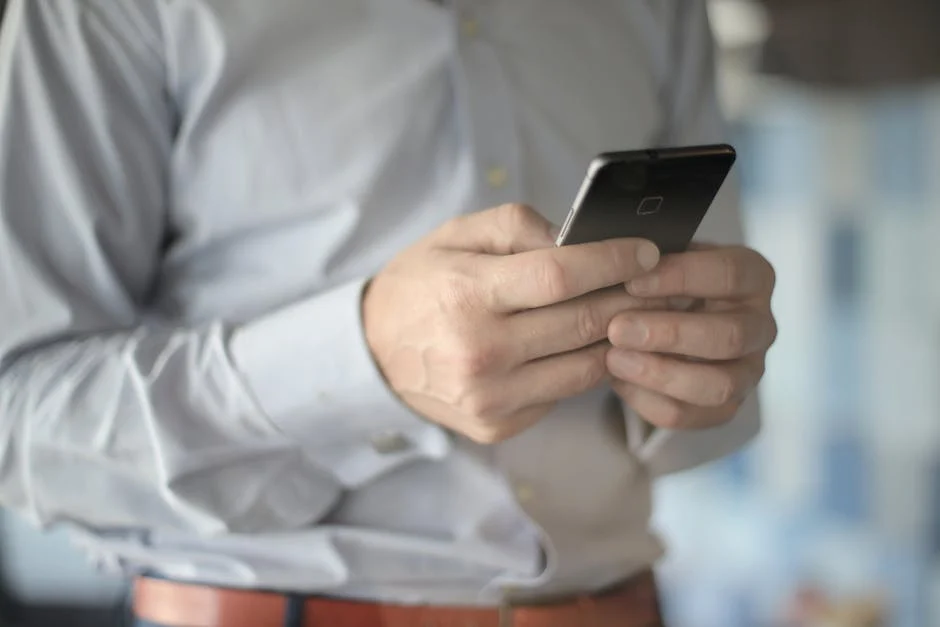
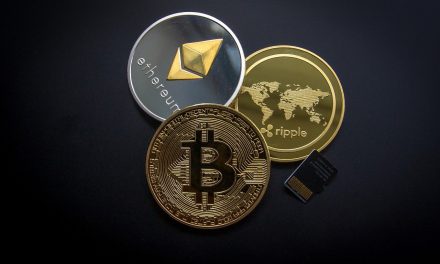
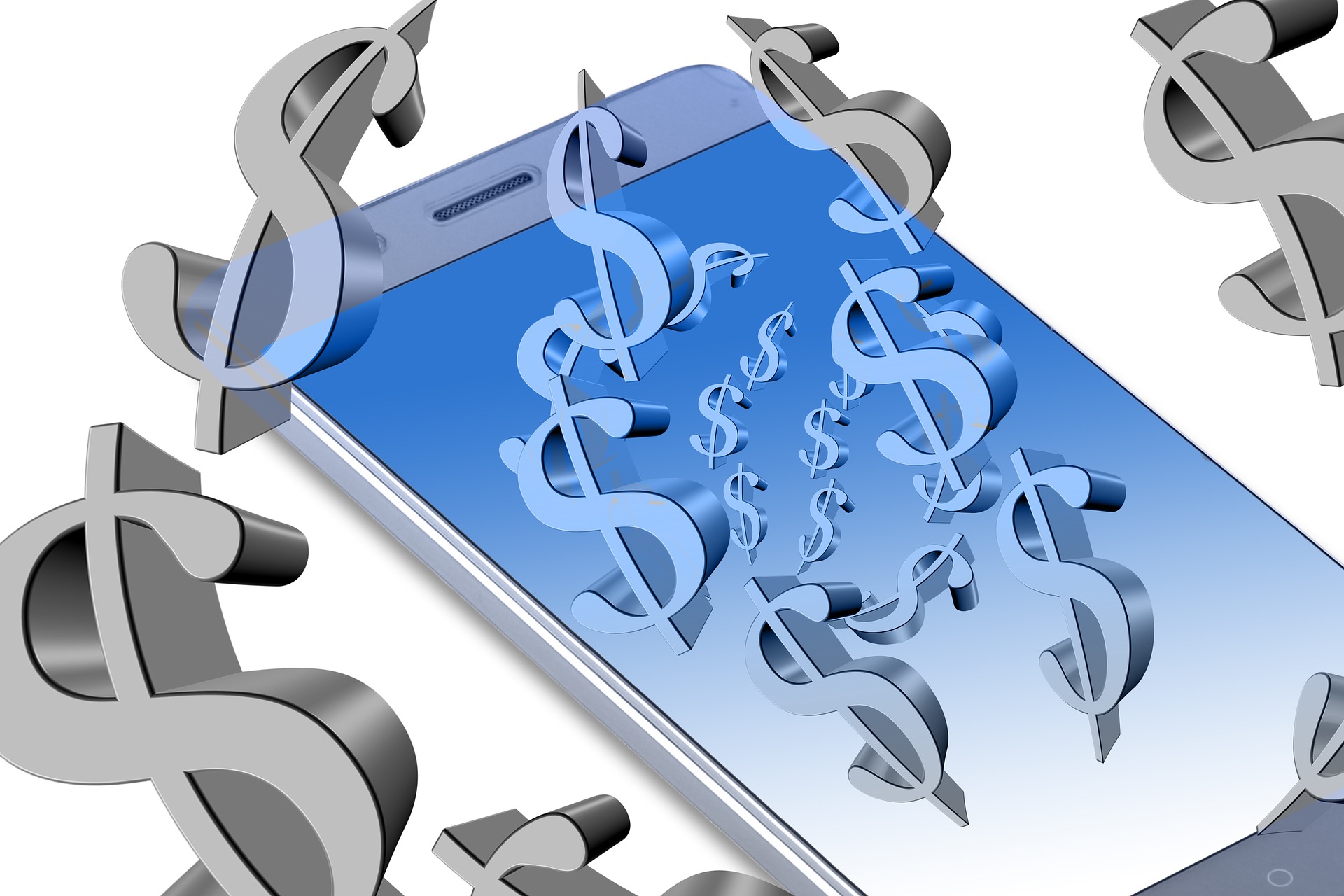













Recent Comments